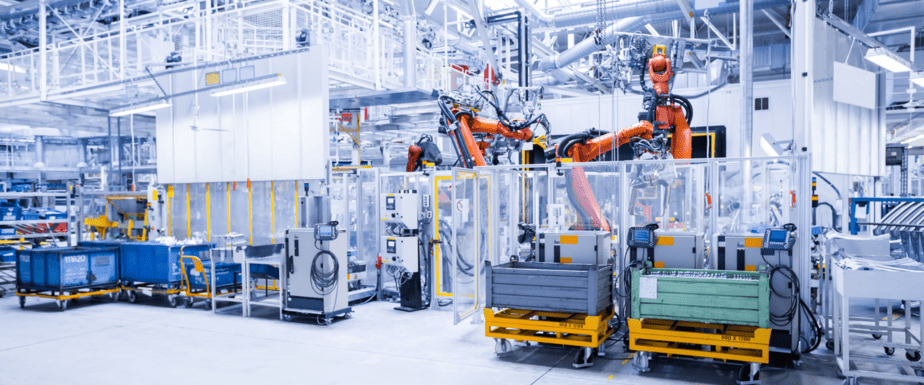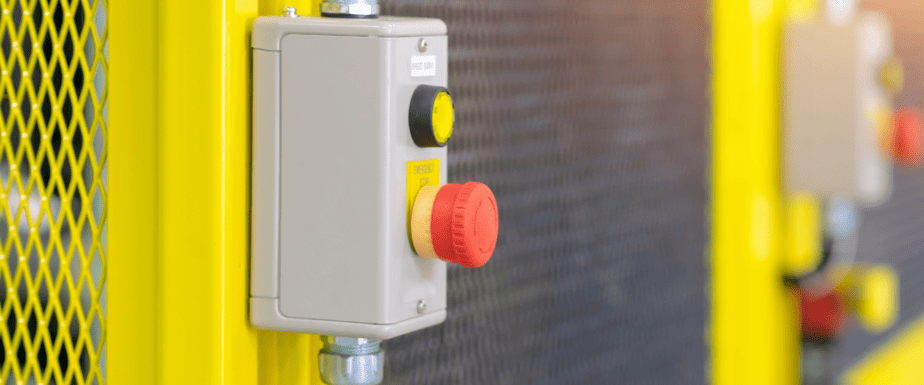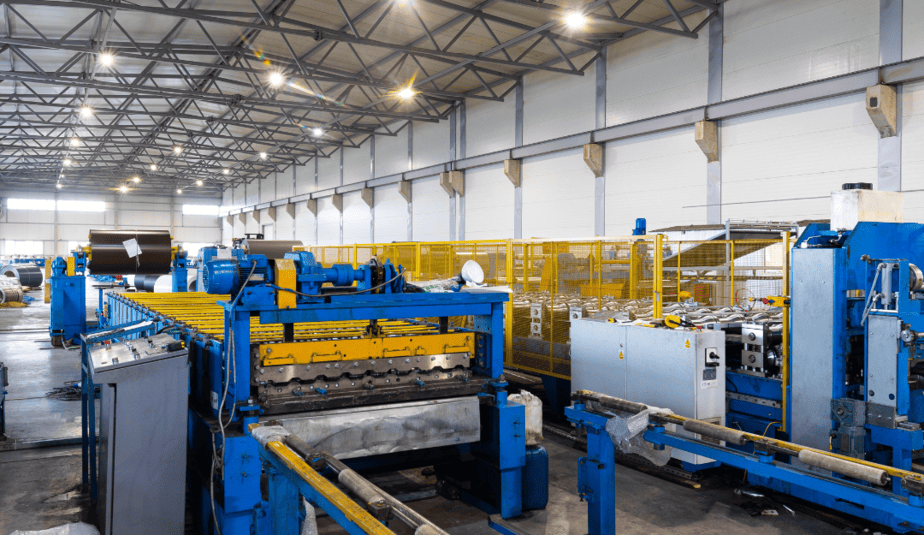Machine safety risk assessments are vital for all industries that use machinery. Manufacturing and processing companies are key businesses that need rigorous machine safety standards – regular checks of new and legacy equipment is paramount for the ongoing safety of the people who work with these machines in these workplaces. A key element of a machine safety risk assessment is ensuring that machine guards are in place to protect the people working on those machines – that they provide adequate protection against machinery hazards and are regularly checked to ensure safeguards remain in place.
WorkSafe provides clear guidelines for machine safety, in line with the Health and Safety at Work Act 2015 and regulations. Senior executives and directors of manufacturing and processing businesses need to programme in and resource regular, timely and robust machine safety risk assessments to ensure their machine operators and other employees are safe at all times. Machine safety non-compliance has hefty fines.
Despite regulations, accidents involving machinery continue to happen in Australian and New Zealand workplaces. Lack of or insufficient machine guarding was the cause of these recent incidents:
- a West Auckland bakery whose employee lost four fingers due to no machine guard being in place
- A Whangārei construction technology company was responsible for an employee losing part of a finger in a machine press that didn’t have a safety guard on the press.

What is Machine Guarding?
WorkSafe defines two types of machine guarding – guards that isolate or minimise a machine hazard.
Machine guards that isolate a machine hazard can be fixed (permanent or removable), or interlocked. An interlocked guard ensures that the machine is powered down when the guard is opened. Trip guards can also be set up to cut power to a machine when a certain area of the machine is accessed.
If a machine hazard cannot be eliminated or isolated, assessment can be undertaken to minimise the machine hazard. These types of machine guards include push away guards, two hand controls, pressure sensitive mats (machine is powered down if a sensitive area is stepped on), physically locked guards and gates, manually adjustable guards, emergency stop devices and lock out systems.
According to Worksafe ALL machinery is ‘reviewed against AS/NZS 4024 or machine specific standards for that piece of machinery, this includes newly purchased/imported machinery, old machinery or retrofitted machinery’. The standards remain the same regardless of the age of the machine. This means if the machine was originally designed in a way that doesn’t meet current safety standards it must be retrofitted to meet the standard, unless that is not reasonably practicable – which is a high bar – and if its safety guard is outdated this must be upgraded to ensure that machinery is compliant.

Machine Guarding Tips
As experienced consultants in machine safety risk assessments, we wanted to share some of our top Machine Guarding Tips. This does not remove the need for a comprehensive workplace risk assessment as that is the foundation step, but should serve as a checklist that the professional risk assessment you commission is covering off key machine guarding aspects to keep your employees safe.
1. Machine Safety Risk Assessment
Many workplaces use internal teams to facilitate this process. There can be a lot of value in getting an external independent consultant to conduct this process for you, as they can use their extensive knowledge and experience to ensure your machinery is up to current safety standards. If you have the internal competence to lead your own risk assessments, some useful tips for risk assessments include:
- Support machine hazard identification with a robust checklist
- Involve key staff that use machinery in your assessment process
- Communicate the assessment finding in layman’s terms, not using complicated spreadsheets
- Use photos to visually show machines, risks and how guards should be set up
- Ensure your risk assessment has a continuous improvement approach as it should be a living document.
2. Implementing remedial safeguarding work
If machine guards are needed, take time to ensure you implement the right options in the right way. Some useful tips for machine guard implementation includes:
- Focus on getting the concept right – is the approach you intend on taking fit for purpose? The most expensive, technology solution may not be the best.
- Ask your machine operators for input and approval throughout the process
- Use an expert or independent consultant to approve the machine guard design before you commence fabrication or installation of the machine guard
- Consider fitting cardboard machine guards to your machinery to test if the design and placement is fit for purpose
- Make sure you have access to a copy of AS/NZS 4024:2019. Having key pages printed, laminated and displayed in areas such as your Engineering Department so your team is aware of reach distances, opening sizes and so on is great safety information to have to hand.
3. During and after fabrication and installation of machine guards
Checks by experienced team members remain crucial during this phase. Our top tips for fabrication and installation include:
- For significant machine guarding jobs review things while it is still being manufactured in the workshop. Is it being made as you intended?
- Ask your machine operators/maintainers/cleaners to review things throuhgout installation process
- A great test for new machine guards is “what areas of this machine would I not want my kids to put their hands near?”
- Once installed, get an independent consultant to check the machine guard installation – we recommend that they are TUV certified
- Expect your initial machine guard designs to be reworked. The delicate balance between compliance and usability can take some trial and error to perfect
- A close working relationship with your fabricator can help ensure an optimal result
- Check the machine guard is still in place on the machine after 6 months. Machine operators will remove unworkable machine guards, so if they are still in place and workplace incidents have decreased, this a great sign that your machine guarding process is working well.
If you have a manufacturing or processing site operating both legacy and new equipment and you are unsure about safety compliance, reach out to our team today. Together we can design an effective machine safety programme, and implement appropriate machine guards that keeps your equipment compliant and your team safe.


